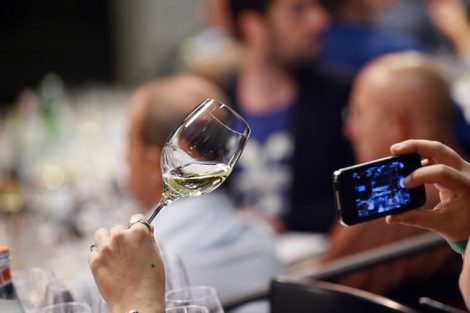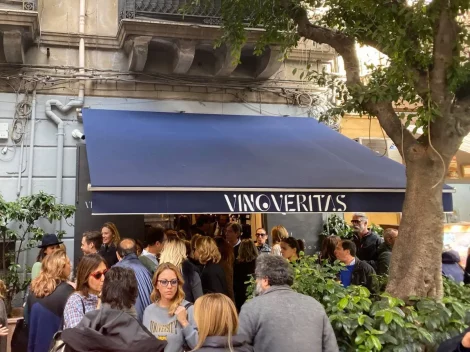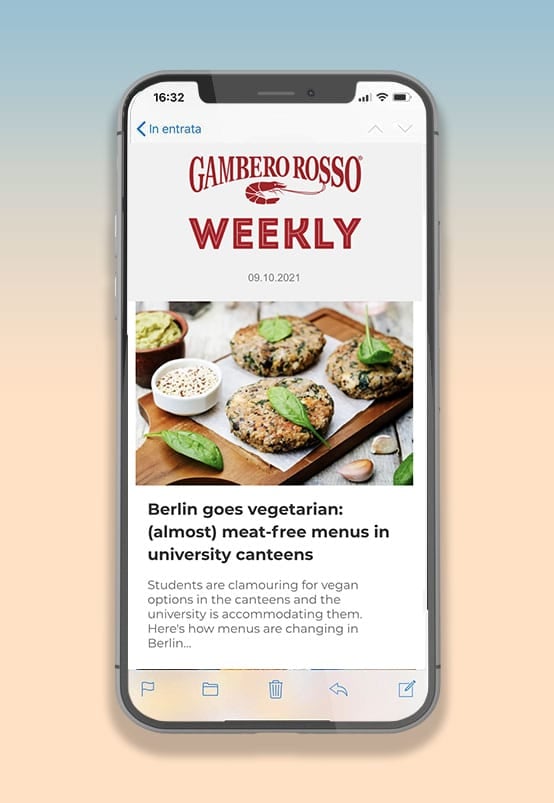Alcohol consumption among Generation Z is falling, but not for the reasons previously assumed. This is revealed in a new report by Rabobank, authored by analyst Bourcard Nesin, which examines the dynamics behind the behaviour of young Americans born from the mid-1990s onwards. Contrary to the widespread narrative – which attributes the phenomenon to greater health consciousness or the influence of social media – Rabobank argues that the real cause lies in economic, structural, and demographic factors.
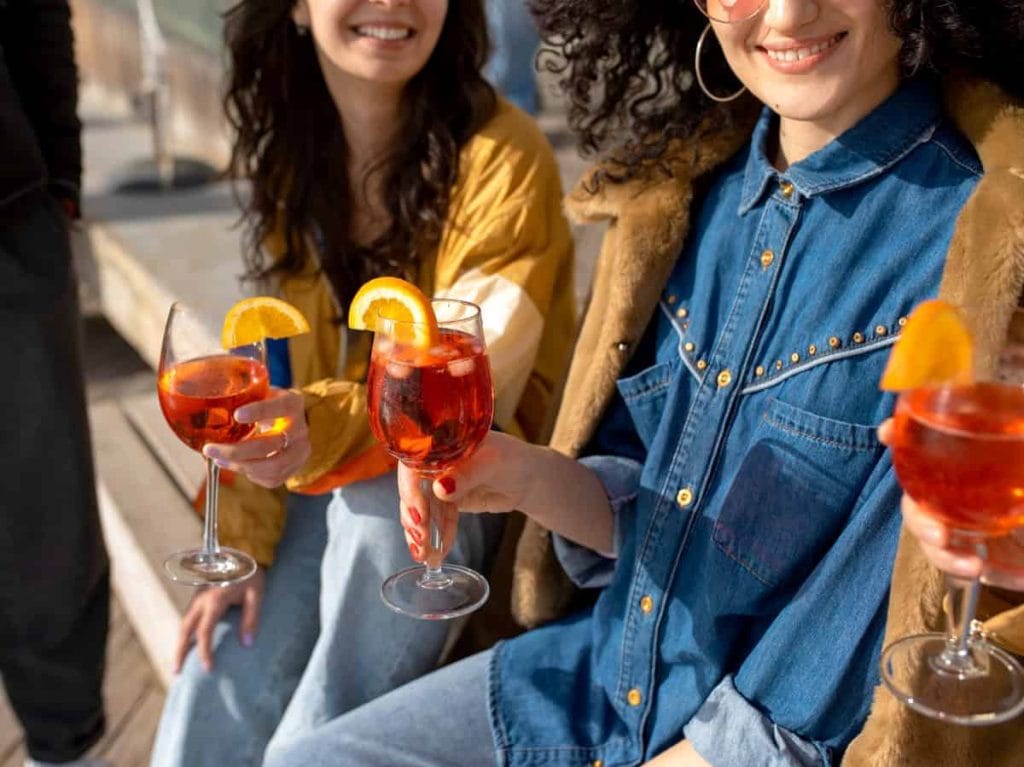
A matter of age and income
In the United States, many young people have not yet reached the legal drinking age or have only just entered the workforce, earning still modest salaries. According to the Bureau of Labor Statistics, while they spend less in absolute terms on alcohol compared to millennials a decade ago, the percentage of income allocated to alcohol remains similar.
"Over time they will obtain degrees and advanced qualifications, which often lead to better-paid jobs. With increased income, we may also see a rise in spending on goods like alcoholic beverages," writes Nesin. However, Rabobank notes a significant trend: between 2012 and 2023, the share of income spent on alcohol by those under 30 fell from 1.1% to 0.74%, indicating a real reduction in consumption compared to the past.
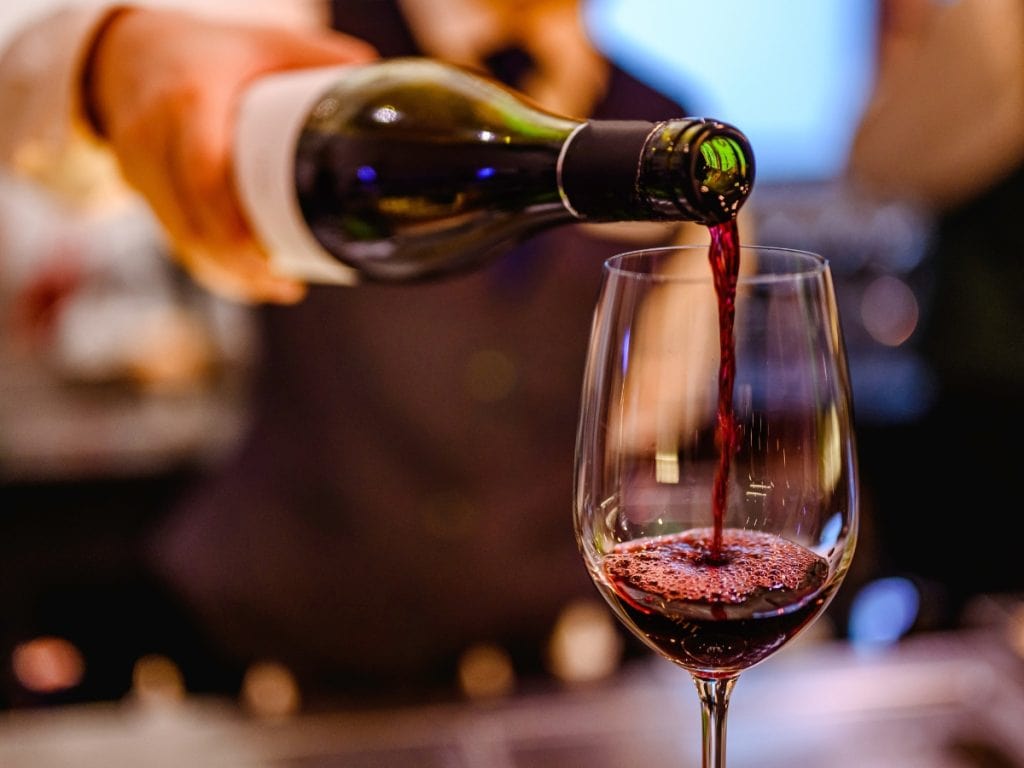
The role of social media
The use of smartphones and social networks has radically changed the way young people interact. "From 2012 onwards, a period when mobile device usage became an omnipresent part of teenage life, socialisation has progressively declined." Which, in other words, means fewer face-to-face encounters and fewer opportunities to drink alcohol. Moreover, the fear of being tracked, tagged, or recorded at parties makes underage drinking a risk many are no longer willing to take.
This has led many to start drinking later and in less exposed settings. A change that could have lasting effects: although an increase in alcohol consumption with age is expected, "it is uncertain whether Gen Z will ever reach the levels of previous cohorts."
The demographic factor
Another key element, at least concerning the US landscape, is the increasing ethnic diversity within the new generations. Today, about 50% of this demographic group is made up of African Americans, Asians, and Latinos – groups that have historically consumed less alcohol than non-Hispanic whites. Moreover, women now constitute the majority among young consumers, but tend to drink less than men, further contributing to the overall decline in consumption.
This demographic shift is also reflected in consumption preferences: while wine may face new challenges, spirits seem to be drawing greater interest from young people. According to Debra Crew, CEO of Diageo, the penetration of spirits among Gen Z is even faster than it was with Millennials.
Strategies for the future
Rabobank’s conclusion is clear: Generation Z is not so much turning away from alcohol as approaching it differently. If the wine and alcohol industry wants to grow in the future, it must adapt to the needs of this generation, taking into account their economic, cultural, and digital behaviours. The future of the sector will depend on brands’ ability to understand a generation that is more cautious, more diverse, and has different habits.


 Goodbye to Gamay del Trasimeno, hello to Grenache
Goodbye to Gamay del Trasimeno, hello to Grenache Social media wine star Tom Gilbey releases book
Social media wine star Tom Gilbey releases book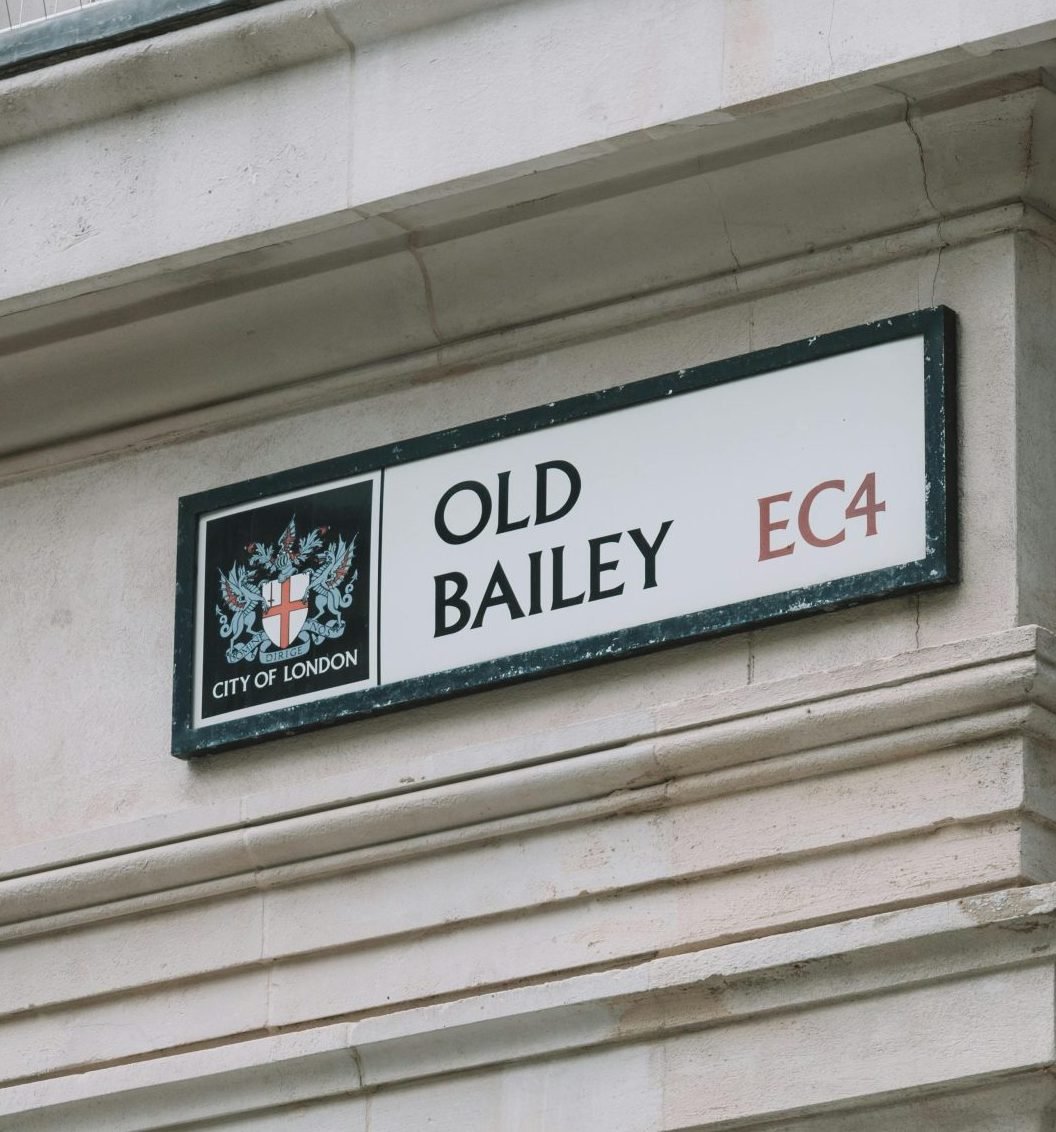 London wine thief avoids jail
London wine thief avoids jail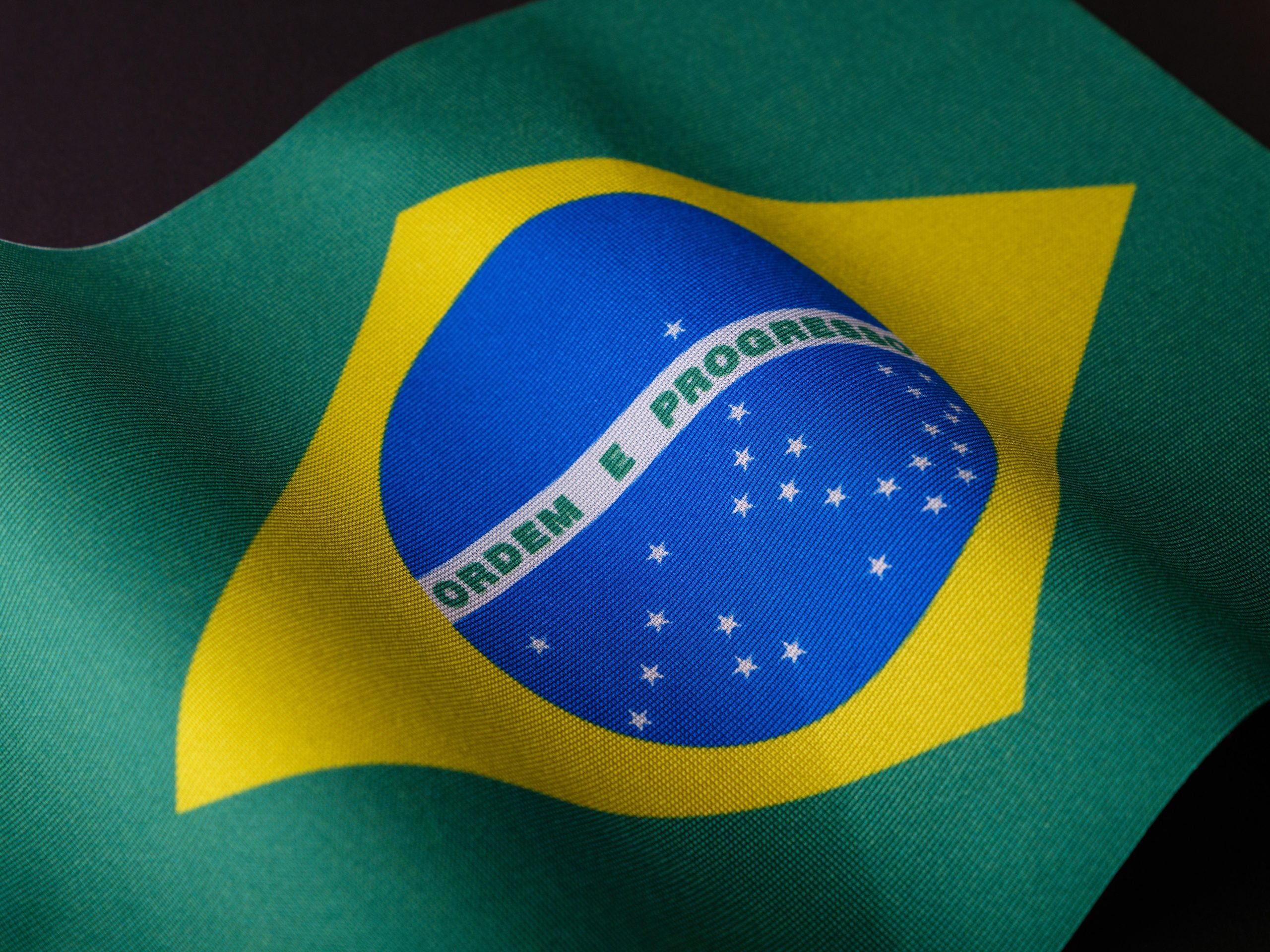 Education and economics: understanding Brazil's wine market
Education and economics: understanding Brazil's wine market Here are the secrets of one of the best Japanese restaurants in Italy
Here are the secrets of one of the best Japanese restaurants in Italy